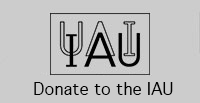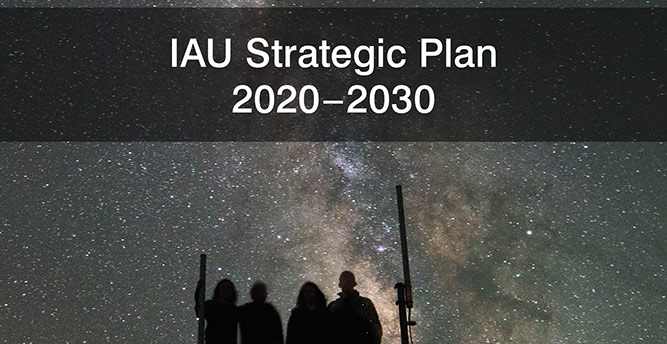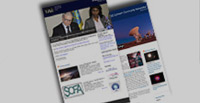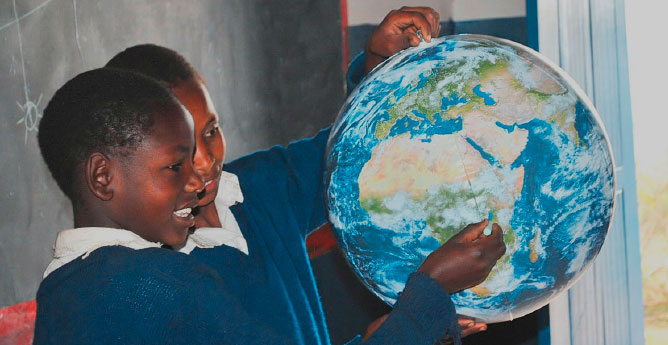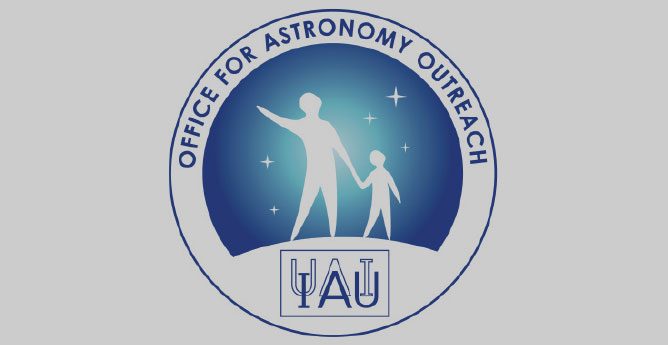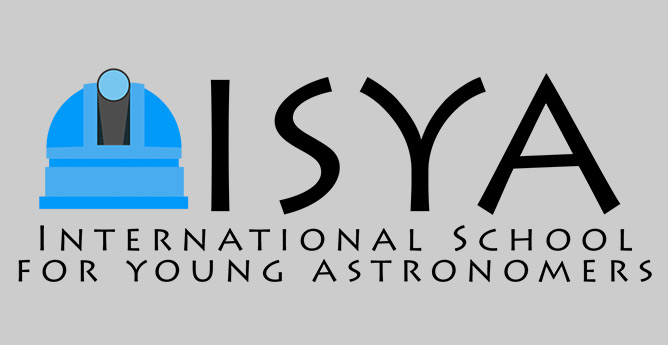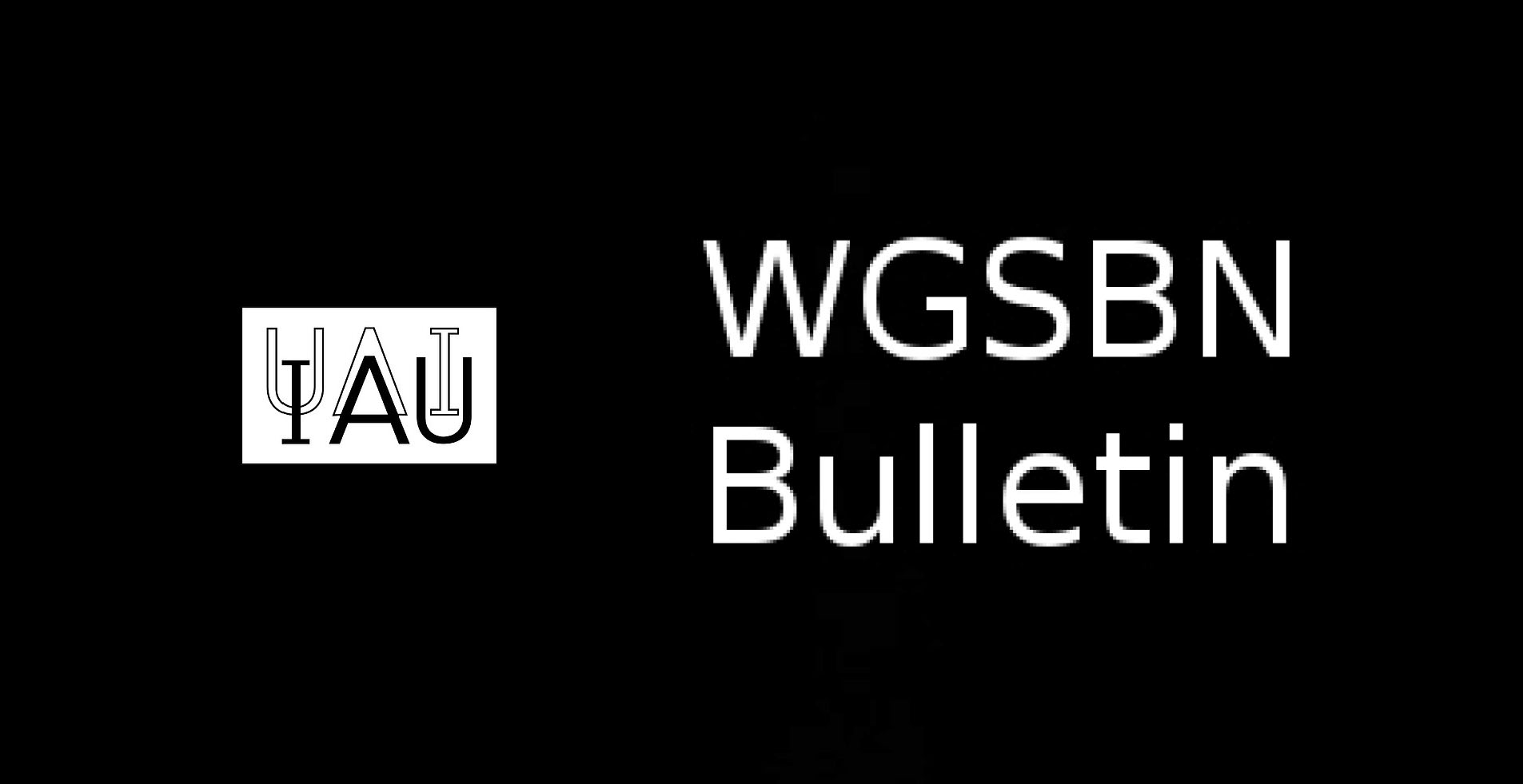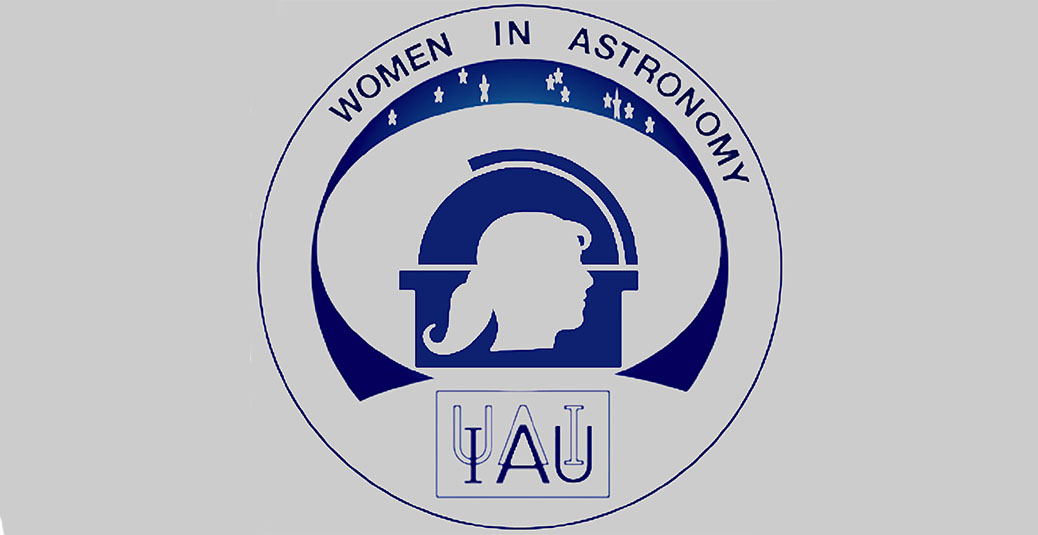- News
- Science
- Scientific Bodies
- Divisions
- Commissions
- Commission A1 Structure
- Commission A2 Structure
- Commission A3 Structure
- Commission A4 Structure
- Commission B1 Structure
- Commission B2 Structure
- Commission B3 Structure
- Commission B4 Structure
- Commission B5 Structure
- Commission B6 Structure
- Commission B7 Structure
- Commission C1 Structure
- Commission C2 Structure
- Commission C3 Structure
- Commission C4 Structure
- Commission C5 Structure
- Commission D1 Structure
- Commission E1 Structure
- Commission E2 Structure
- Commission E3 Structure
- Commission E4 Structure
- Commission F1 Structure
- Commission F2 Structure
- Commission F3 Structure
- Commission F4 Structure
- Commission G1 Structure
- Commission G2 Structure
- Commission G3 Structure
- Commission G4 Structure
- Commission G5 Structure
- Commission H1 Structure
- Commission H2 Structure
- Commission H3 Structure
- Commission H4 Structure
- Commission J1 Structure
- Commission J2 Structure
- Commission J3 Structure
- Commission X1 Structure
- Commission X2 Structure
- Past Commission Organising Committees
- Working Groups
- Centres
- Scientific Meetings
- Rules & Guidelines
- General Assemblies
- Meeting Proposals
- Future IAU Meetings
- General Assemblies
- EC Meetings
- Officers' Meetings
- Regional Meetings
- Symposia
- Focus Meetings
- Institutional Meetings
- IAU Offices Meetings
- IAU-Sponsored Meetings
- Letters of Intent submitted for 2024
- Letters of Intent submitted for 2023
- Letters of Intent submitted for 2022
- Letters of Intent submitted for 2021
- Letters of Intent submitted for 2020
- Past IAU Meetings
- Templates
- Other Meetings
- Grants & Prizes
- Scientific Bodies
- Publications
- IAU Publications
- IAU Strategic Plan
- Symposia
- WGSBN Bulletins
- Regional Meetings
- Information Bulletins/Catalyst
- E-Newsletters
- Focus Meetings
- Transactions A
- Transactions B
- Related Publications
- GA Newspapers
- CAPjournal
- IAU Books
- Brochures
- IAU Offices
- WG Reports
- Commission Reports
- Division Reports
- Past IAU Publications
- Rules, Guidelines and Instructions for Proceedings
- Publishers
- IAU Publications
- Administration
- About the IAU
- Statutes & Rules
- IAU Policies
- IAU Executive Bodies
- IAU Secretariat
- Resolutions
- Members Administration
- Administrative Dates & Deadlines
- International Organisations Relations
- Donate to the IAU
- Training in Astronomy
- Astronomy for Education
- Astronomy for Development
- Astronomy for the Public
- Office for Astronomy Outreach
- FAQ
- Themes
- Satellite Constellations
- Astronomy in Everyday Life
- How to Report a Discovery
- Careers in Astronomy
- Defining our Place in the Cosmos
- The Constellations
- Light Pollution
- Measuring the Universe
- Near Earth Objects
- How to Participate in Astronomy Research
- Naming of Astronomical Objects
- Naming of Exoplanets
- Buying Star Names
- Naming Stars
- Pluto and the Solar System
- IAU Member Statistics
- Our Moon: the Moon
- Meteors & Meteorites: The IAU Definitions of Meteor Terms
- UNESCO-IAU Portal to the Heritage of Astronomy
- Social Media
- Past Events
- Call for Online Resources
- Astronomy@Home Awards
- Contact
IAU Symposia
IAUS 328: Living around Active Stars
Start date/time
October 17, 2016
End date/time
October 21, 2016
Place
Maresias,
Brazil
Contact
Dibyendu Nandi
dnandi@iiserkol.ac.in
Event website
http://www.sab-astro.org.br/IAUS328
Coordinating Division
Division E Sun and Heliosphere
| Co-Chairs of SOC: | Dibyendu Nandi (CESSI-IISER Kolkata) |
| Pascal Petit (Observatoire Midi-Pyrenées) | |
| Sarah Gibson (High Altitude Observatory-NCAR) | |
| Co-Chairs of LOC: | Adriana Valio (CRAAM, Universidade Presbiteriana Mackenzie) |
| Gustavo Guerrero (Universidade Federal de Minas Gerais, Brazil) | |
| Alisson Dal Lago (São José dos Campos) | |
| Jorge Lelendez (University of São Paulo) | |
| Emilia Correia (CRAAM/INPE, São Paulo) |
Topics
Solar and Stellar Magnetism,
Irradiance and Luminosity Variations,
Solar and Stellar Winds,
Extreme Events (Flares and Energetic Particles), Heliosphere and Astropheres,
Stellar Forcing of Planetary Atmospheres,
Coupled Star-Planet Evolution,
Space Climate Consequences,
Exoplanets,
Habitability
Rationale
The activity of stars such as the Sun modulates the environment within their astrospheres. This variable forcing is mediated via stellar magnetic fields, radiative and energetic particulate flux, stellar winds and magnetic storms. In turn this influences planetary atmospheres, climate and habitability. Studies of this intimate relationship between the parent star, its astrophere and the planets that it hosts have reached a certain level of maturity within our own solar system – fueled both by advances in theoretical modelling and a host of satellites that observe the Sun-Earth system. Based on this understanding the first attempts are being made to understand Star-Planet interactions and their coupled evolution, which have relevance for habitability and the search for habitable planets in other stellar environments. This symposium will bring together scientists from diverse, interdisciplinary areas such as solar, stellar and planetary physics, atmospheric and climate physics and astobiology to review the current state of our understanding of solar and stellar environments, fertilize exchange of ideas and identify outstanding issues whose understanding necessitates coordinated scientific efforts.
This Symposium is of direct relevance to the activities of IAU Divisions E (Sun and Heliosphere), Division F (Planetary Systems and Bioastronomy) and Division G (Stars and Stellar Physics). Brazil, the proposed location, is an emerging scientific base in the South Americas and is well-connected to other Latin American countries as well as other parts of the world. Coupled with its burgeoning astrophysics community dedicated to disciplines relevant for this symposium, Brazil is an ideal choice as the symposium host.
